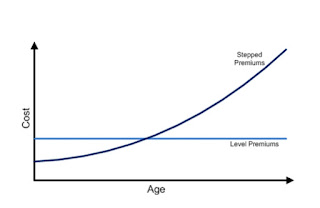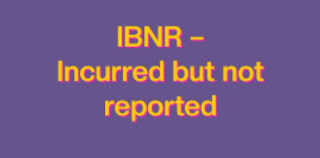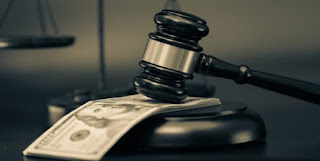Replacement Cost
Replacement Cost The cost of replacing property without a reduction for depreciation due to normal wear and tear. In the insurance industry, "replacement cost" or "replacement cost value" is one of several methods of determining the value of an insured item. A replacement cost policy helps pay to repair or replace damaged property without deducting for depreciation. This type of coverage may be available for both your personal belongings and your home if they are damaged by a covered peril. For example: when a television is covered by a replacement cost value policy, the cost of a similar television which can be purchased today determines the compensation amount for that item. How Replacement Cost Works. Generally, if you have Replacement Cost Coverage, the insurance company may first pay you the actual cash value. Once the item is repaired/replaced and receipt(s) submitted, the company will reimburse you the extra money you paid to replace/repair the item. ...



















